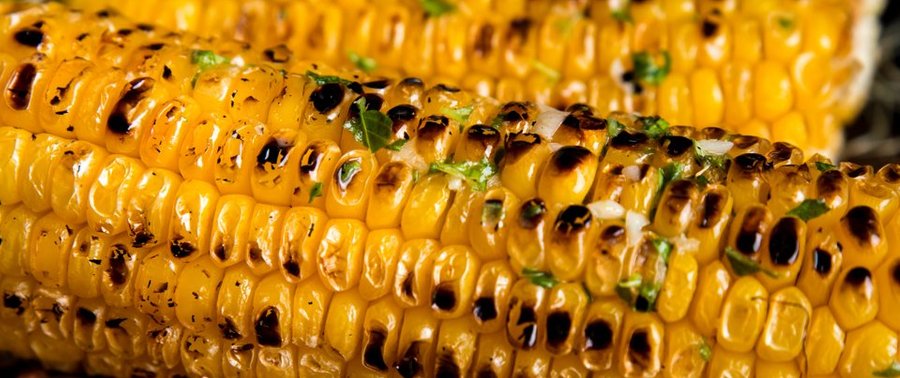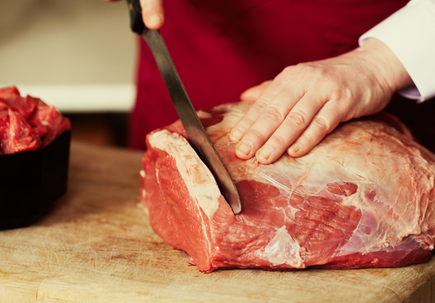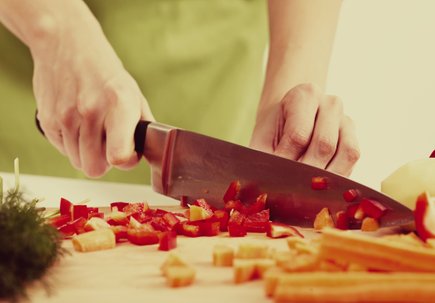Good food... Good times
IS THERE A
VEGETARIAN OPTION?
For some BBQ is about meat, meat and more meat and the vegetarian option is to go and eat somewhere else. Here at Fat Daniel’s we like to think we’re a bit more inclusive that that.
That doesn’t mean that we don’t love our meat (because we do - we REALLY love our meat) but we know that BBQ is much more versatile than that and there are delicious meat-free dishes, both savoury and sweet, you can BBQ. So, at Fat Daniel’s, of course there’s a vegetarian option.
Along with meat and fish dishes, we’ll be posting meat-free recipes both on our recipes page and our YouTube channel for you to try (we’d also love to hear your recipes so we can try them ourselves).
A word to the wise
If you’re going to cook vegetarian BBQ, especially if you’re going to be cooking meat and meat-free at the same time, there are a few common-sense rules/tips that you really ought to follow:
ALWAYS keep your meat-free dishes separate from your meat. That doesn’t mean you have to keep your meat and meat-free items in separate fridges or cook them on separate grills (although, if you can - great) but make sure you:
- Don’t use knives or boards that have previously been used to prepare meat to prepare your vegetarian/meat-free dishes (unless they have been thoroughly cleaned and sanitized first).
- Don’t cook meat-free dishes on grill grates that have previously been used to cook meat. Obviously if your grates have been used to cook meat on a previous cooking session and have subsequently been thoroughly cleaned that’s fine, but placing a meat-free item onto a grate that’s got the cooking juices of the meat dish you’ve just cooked crusted onto it… that’s a definite no-no. Try to keep a grate reserved exclusively for meat-free dishes but if you don’t have that option cook the meat-free dishes first.
- Don’t use tongs or other cooking utensils that have been used to cook meat when cooking your meat-free dishes (unless they’ve been thoroughly cleaned and sanitized first). Ideally use separate utensils for meat and meat-free, just make sure you remember which is which.
- If you mop your food when cooking then have a separate mop and mop bucket for your meat and meat-free dishes and remember which is which. It’s OK to fill these from a common source but never top up your meat-free mop bucket from the other one.
- Don’t put your meat and meat-free dishes on the same serving platter.
- If you’re going to keep cooked food warm in an oven while more food is cooked so it can all be served at the same time, don’t put meat free-dishes in the same containers as your meat dishes. Also, make sure that your meat-free dishes go in a separate oven, or at least on a higher oven shelf, than your meat dishes so that no meat juices drip onto your meat free dishes.
Be aware that meat-free dishes cook differently. The most obvious reason being that meat-free dishes tend to contain much less fat than meat dishes so may need basting or turning more frequently so that they don’t burn or stick.
While vegetables have their own flavours and textures which can be great as they are, straight off the grill, they can also be enhanced in exactly the same way as meat and fish using seasonings, rubs, marinades and sauces (all Fat Daniel's spice rubs are suitable for vegetarians and our Dixie Dust and BBQ Rub are both great on fish and vegetables) so don’t be scared to experiment a little.
Have fun!
FD.







